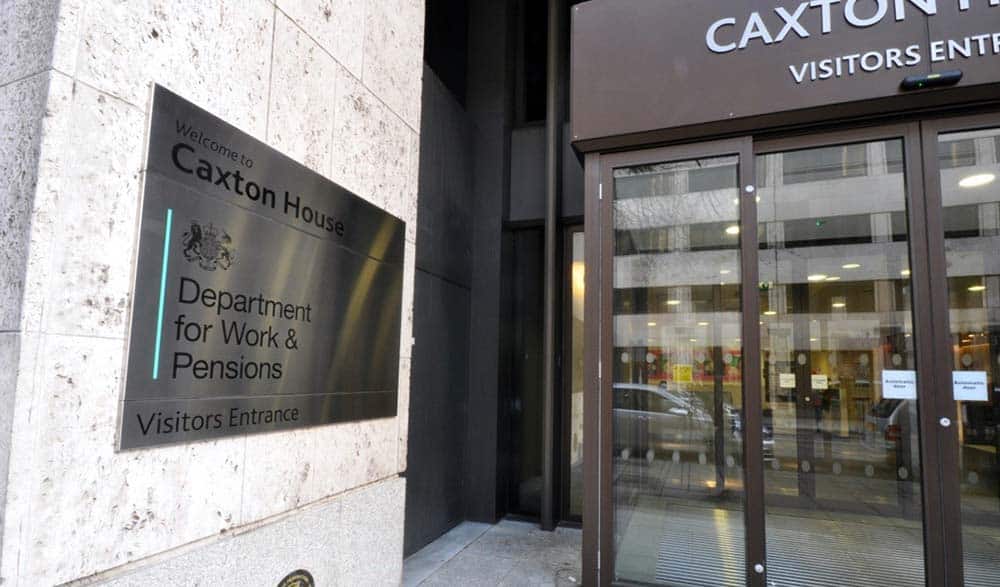Coronavirus outbreak means new PIP registrations at lowest level since December 2013, new stats reveal

The Department for Work and Pensions (DWP) has revealed its latest quarterly Personal Independence Payment (PIP) statistics up until April 2020, highlighting some interesting changes in claimants’ behaviours due to the COVID-19 pandemic.
These latest statistics cover both new claims and claims made by those with an existing claim for Disability Living Allowance (DLA) (known as reassessments). From the 8th of April 2013, the DWP started to replace DLA for working-age people with PIP.
PIP helps with some of the extra costs caused by long-term disability, ill-health or terminal ill-health. The finances could be used to purchase essential mobility equipment for people with long-term conditions or help cover the costs of a carer.
In line with social distancing guidelines and in order to keep elderly and disabled people safe, on the 17th of March, the DWP announced that all face-to-face PIP assessments would be suspended. The suspension of face-to-face assessments includes new claimants as well as routine reassessments and reviews of PIP.
This move by the UK Government was introduced to ensure that elderly and disabled people are shielded from the coronavirus, particularly as they are likely to be at greater risk due to their pre-existing health conditions.
New claimants can still be assessed for PIP, but the procedure is now done via telephone or carried out as a paper-based review. The DWP has reassured those currently receiving PIP that they will continue to receive their disability benefits during the uncertain times of the coronavirus pandemic. Existing awards due to expire have also been automatically extended to ensure continuity of financial support.
In light of these changes to the PIP process, the latest PIP figures for March and April 2020 reflect the initial period of the coronavirus outbreak, which has led to “distortions” to trends in clearances, clearance times and awards as operational teams initially focused on clearing claims already in the system.
The reduction in the activity initiated by PIP claimants has led to lower levels of registrations of new claims, changes of circumstances and mandatory reconsiderations (MRs).
For instance, in April 2020, there were only 25,000 registrations for new PIP claims, reflecting 58 percent of the level from the previous year and the lowest figure since December 2013. Similarly, for the same period, there were only 3,700 changes of circumstance for PIP – the lowest number since December 2017.
Furthermore, there were 19,000 MRs for this period, which is the lowest number since January 2016.
These figures do not reflect overall trends for PIP as the emergency coronavirus provisions have impacted claimants’ behaviours. The DWP says these emergency measures may be reviewed and amended during subsequent periods.
https://thiis.co.uk/coronavirus-outbreak-means-new-pip-registrations-at-lowest-level-since-december-2013-new-stats-reveal/https://thiis.co.uk/wp-content/uploads/2018/11/DWP.jpghttps://thiis.co.uk/wp-content/uploads/2018/11/DWP-150x150.jpgGovernment & Local AuthoritiesNewsroomSector Newscoronavirus,COVID-19,Department for Work and Pensions,disability assessment,disability benefit,DWP,face-to-face assessments,Personal Independence Payment,PIP,PIP statisticsThe Department for Work and Pensions (DWP) has revealed its latest quarterly Personal Independence Payment (PIP) statistics up until April 2020, highlighting some interesting changes in claimants’ behaviours due to the COVID-19 pandemic. These latest statistics cover both new claims and claims made by those with an existing claim for...Sarah SarsbySarah Sarsbysarah@thiis.co.ukEditorTHIIS Magazine

